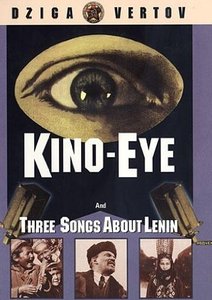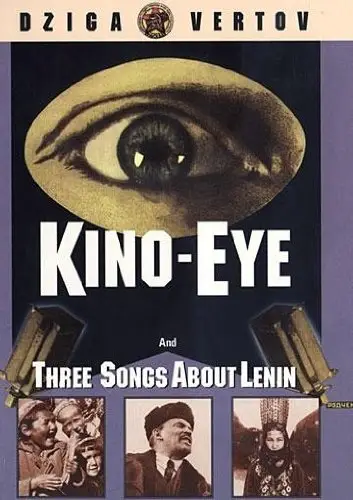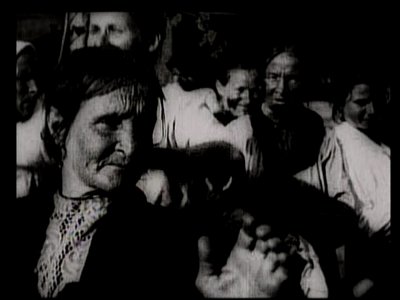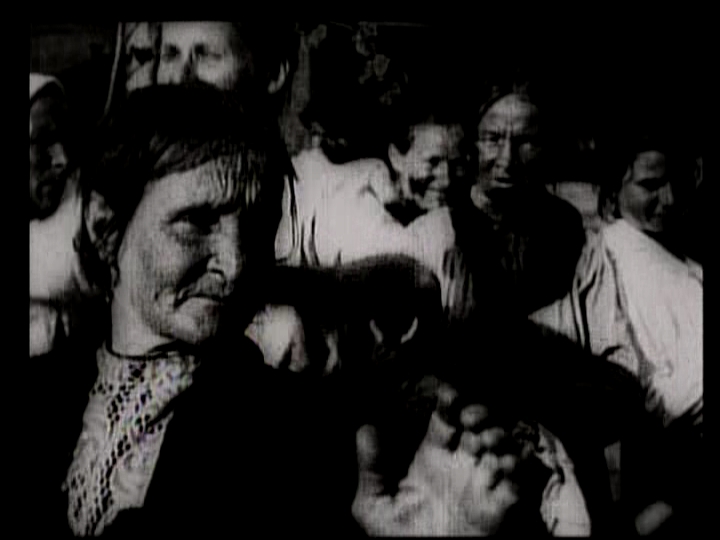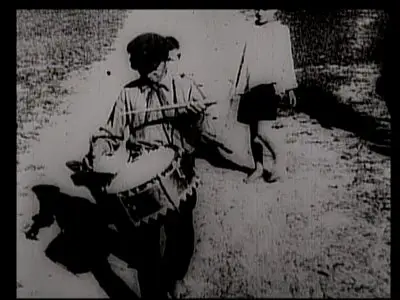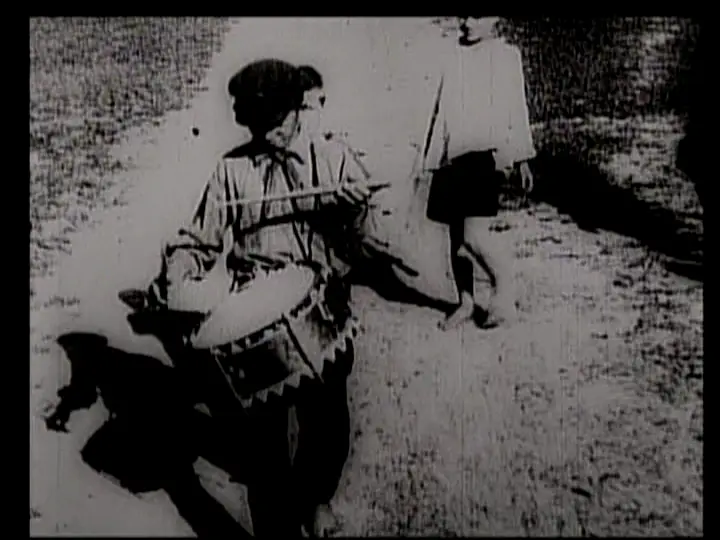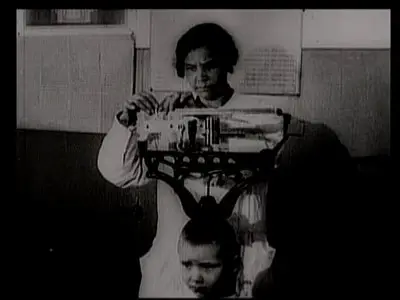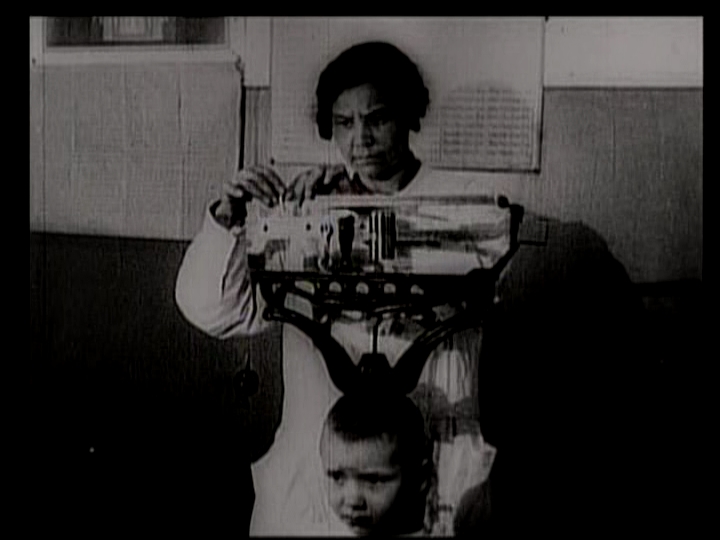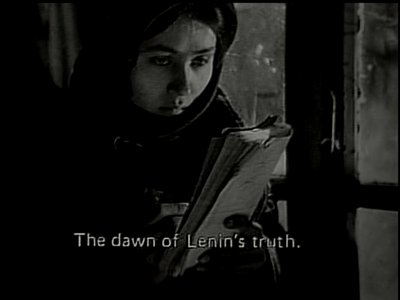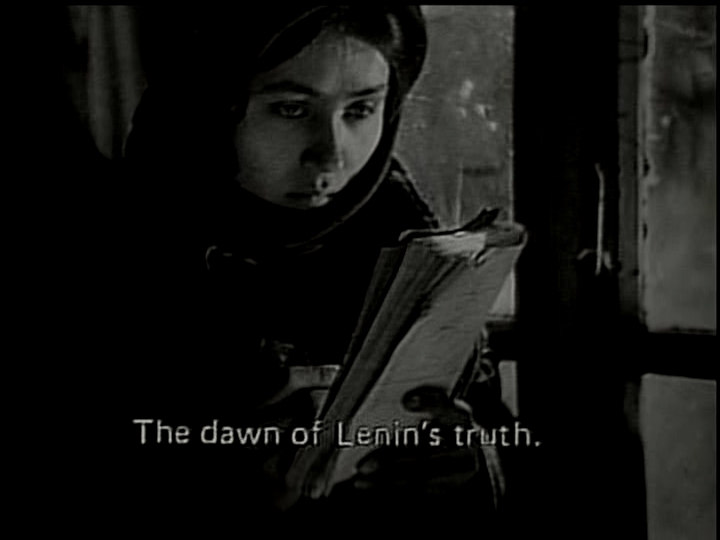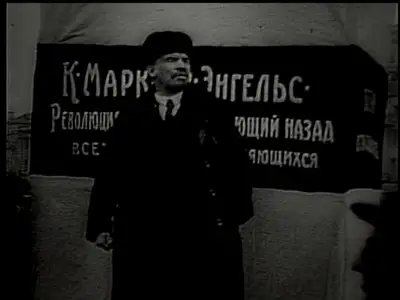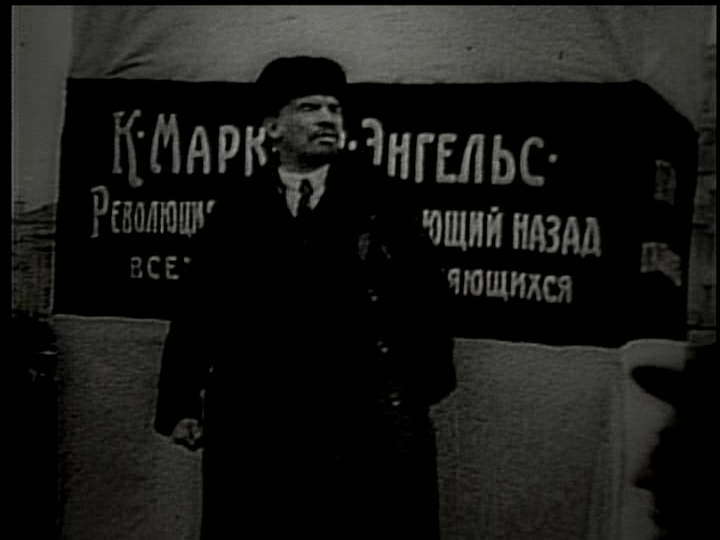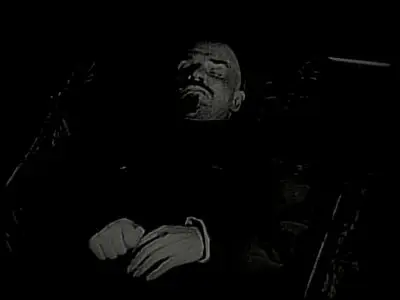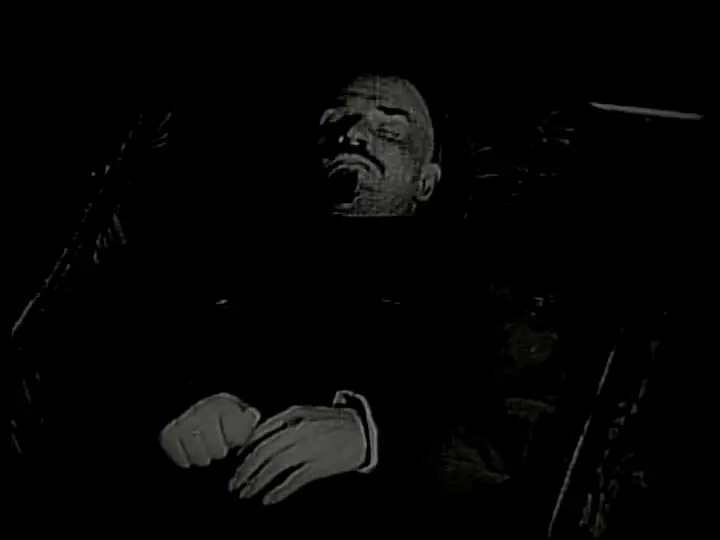Kino Eye (1924) + Three Songs About Lenin (1934)
Two Films by Dziga Vertov
DVD5 | ISO+MDS | NTSC 4:3 | 01:18:35 + 00:58:36 | 4,31 Gb
Audio: Score/Русский AC3 2.0 @ 448 Kbps | Subs: English, Português, Español
Genre: Documentary
Two Films by Dziga Vertov
DVD5 | ISO+MDS | NTSC 4:3 | 01:18:35 + 00:58:36 | 4,31 Gb
Audio: Score/Русский AC3 2.0 @ 448 Kbps | Subs: English, Português, Español
Genre: Documentary
Dziga Vertov, whose renegade approach to cinema is best remembered in the legendary Man with the Movie Camera and his series of Kino-Pravda newsreels, demonstrates his mastery of montage in this 1924 feature previously unseen in the United States.
––––––––––––––––––––––––––––––––––––––––––––
Kino Eye / Kinoglaz - IMDB
This documentary promoting the joys of life in a Soviet village centers around the activities of the Young Pioneers. These children are constantly busy, pasting propaganda posters on walls, distributing hand bills, exhorting all to "buy from the cooperative" as opposed to the Public Sector, promoting temperance, and helping poor widows. Experimental portions of the film, projected in reverse, feature the un-slaughtering of a bull and the un-baking of bread.
This is a fantastic film from Dziga Vertov. It is quite personal and yet shows the intense and varied activities of numerous people in the Soviet Union of 1924. It is as artistic and creative as anything being done in the United States or Germany at the time. It was cutting edge cinematic constructivism.
It is interesting to compare this film with Vertov's "Three Songs of Lenin" ten years later. While "Kinoeye" is interested in showing the truth about life and the world, "Three Songs" is only interested in dogmatic praise of Lenin. The two films show the difference between the Soviet Union of Lenin and the Soviet Union of Joseph Stalin. This film shows people drinking, smoking, taking cocaine, and joking. We see disfigured people in an insane asylum, we see a homeless boy sleeping in the streets and a man who died in the streets. In contrast to this, in "Three Songs," everybody is heroic and everybody is marching forward, there are more machines than people, and the film suggests that Lenin magically solved all the problems of the past. One can argue that the Soviet Union was facing the threat of Nazi Germany in 1934 and therefore needed heroic militaristic films to inspire their people. The same images of poverty and people just surviving day to day, that we get in "Kinoeye" would not have inspired people faced with the threat of Nazi insanity.
These things are hard to judge, but when socialist realism turned into socialist heroism and only showed the good and strong instead of showing everything, I think it took a big step away from the truth. I should like to think that Lenin would have loved "Kinoeye" and hated "Three Songs of Lenin". After all, he never flinched from looking upon and seeing the darker sides of reality.IMDB Reviewer
––––––––––––––––––––––––––––––––––––––––––––
Three Songs About Lenin / Tri pesni o Lenine - IMDB
Three anonymous songs about Lenin provide the basis for this documentary that celebrates the achievements of the Soviet Union and Lenin's role in creating them.
The three songs to which the title refers are the three segments of the movie. They are arranged according to to an arch-like structure that builds the image of Lenin as a god among humans. There are some unifying elements between different shots, the most obvious is a bench in a garden where a famous picture of Lenin had been taken. That bench functions as a leitmotif and its emotional impact grows as we find out more and more about the great man that once stood there.
The first segment of the movie deals with his life and works illustrating the profound impact that his personality exerted on the whole Soviet state. The second segment is concerned with "the death of the hero", Lenin's funeral, the least impressive of the three moments and the most annoying as we have to sit through the endless mourning of his followers, shot in close-ups with their eyes in tears. The soundtrack is Chopin and Wagner and at some point we can even see Stalin staring at the dead Lenin and probably thinking at his difficult mission in the aftermath of the god's death. The third segment is the most impressive and it presents the resurrection of Lenin in the works of his children.
Lenin laid the foundations for the great Soviet state and his children that inherited a free state take his plan for a greater Soviet state towards the glorious future. This layout is the basis for Vertov's skills with editing, not the most impressive you will find in a Soviet movie but fairly interesting. The beauty of some of the shots and the historical relevance of others make the viewing worthwhile.IMDB Reviewer
––––––––––––––––––––––––––––––––––––––––––––
Special Features: Biography of Dziga Vertov (in Portuguese)
Many Thanks to Original uploader.
––––––––––––––––––––––––––––––––––––––––-


